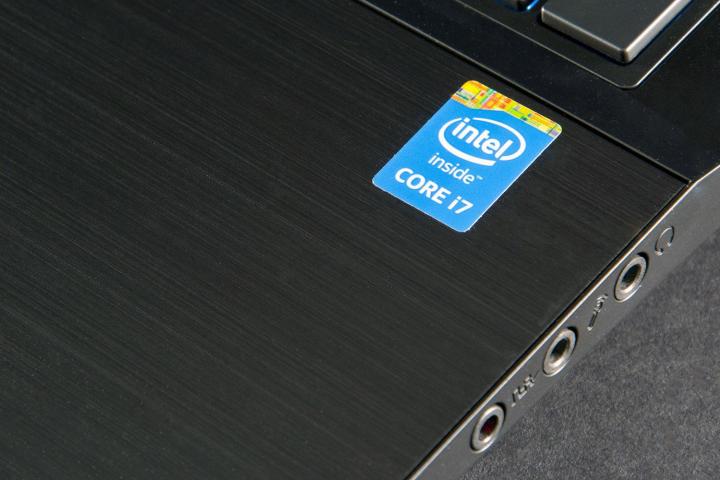
According to Senior Fellow Mark Bohr, Intel plans to break through the 14nm barrier into 10nm by sometime in 2016, and keep on chugging through straight toward 7nm around two years after that.
Related: Intel’s latest graphics chips tested
These predictions come on the heels of some well-publicized missteps that the company took on its path toward hitting the 14nm boundary, “I think we may have underestimated the learning rate—when you have a technology that adds many more masks, as 14[nm] did, it takes longer to execute experiments in the fab and get information turned, as we describe it,” said Bohr.
The challenge the company has faced over the past few chip cycles has been trying to find a way to push the theoretical limits of what silicon is capable of, without moving onto new materials such as graphene or silicene. With new techniques applied to the light it uses to etch transistors into silicon, Intel believes the problems it’s encountered with the 14nm Broadwell build have been surmounted, and the lessons learned there will translate into a smoother production rate for 10nm and 7nm builds in the future.
Bohr told news outlets in his conference call that Intel’s development team for 10nm is running 50 percent quicker than Broadwell, which means it should be on track to hit the 7nm goal without any additional hiccups from here on out.


